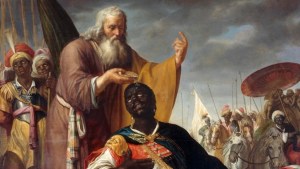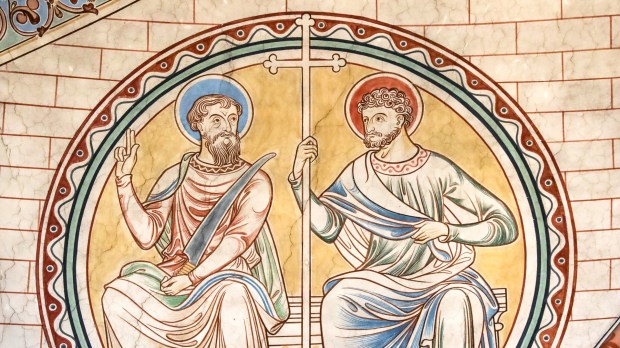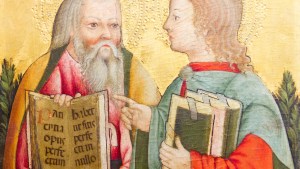The activities of the 12 apostles after the descent of the Holy Spirit at Pentecost were not all recorded in the same detail. We know much more about St. Peter, for example, than we do about St. Philip.
One of the problems with St. Philip’s adventures is that there was another St. Philip whom many early Christians confused with the apostle.
St. Philip the Deacon
There is a St. Philip mentioned in the Acts of the Apostles, but he was a deacon and not the apostle:
Now in these days when the disciples were increasing in number … And the twelve summoned the body of the disciples and said, “It is not right that we should give up preaching the word of God to serve tables. Therefore, brethren, pick out from among you seven men of good repute, full of the Spirit and of wisdom, whom we may appoint to this duty … and they chose Stephen, a man full of faith and of the Holy Spirit, and Philip, and Prochorus, and Nicanor, and Timon, and Parmenas, and Nicolaus, a proselyte of Antioch. These they set before the apostles, and they prayed and laid their hands upon them.
Acts 6:1-6
This didn’t stop many early Christians (and even some modern-day Christians) from confusing St. Philip the Deacon with St. Philip the Apostle.
The Catholic Encyclopedia explains some of the confusing history of the two saints:
The second-century tradition concerning him is uncertain, inasmuch as a similar tradition is recorded concerning Philip the Deacon and Evangelist — a phenomenon which must be the result of confusion caused by the existence of the two Philips. In his letter to St. Victor, written about 189-98, bishop Polycrates of Ephesus mentions among the “great lights,” whom the Lord will seek on the “last day,” “Philip, one of the Twelve Apostles, who is buried in Hieropolis with his two daughters, who grew old as virgins,” and a third daughter, who “led a life in the Holy Ghost and rests in Ephesus.” On the other hand, according to the Dialogue of Caius, directed against a Montanist named Proclus, the latter declared that “there were four prophetesses, the daughters of Philip, at Hieropolis in Asia where their and their father’s grave is still situated.”
Both Philips have similar traditions written about them and may have been buried in the same city.
Apostle to the Greeks
In the years following Pentecost, it is generally believed that Philip ministered to Greek-speaking communities.
One of the arguments for this case is that Philip’s name is Greek, and may be why he was chosen to preach the Gospel to the Greeks.
If he did travel to Hieropolis (located in modern-day Turkey), at the time it was a Greek-speaking village.
It is said that he was martyred in Hieropolis, after preaching against the pagan religion that was a central part of their culture.



